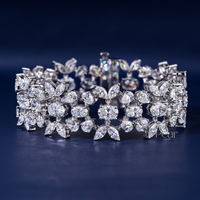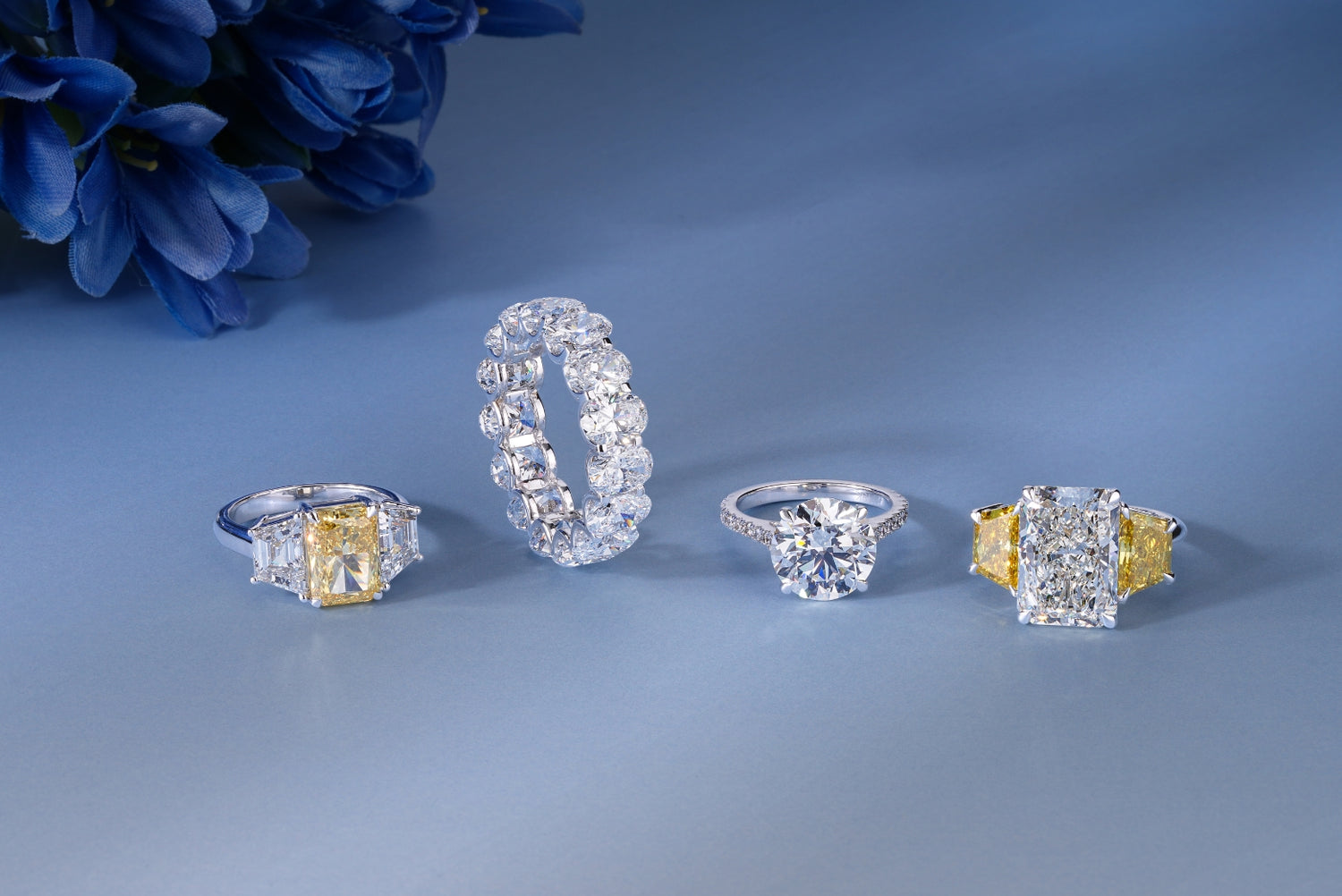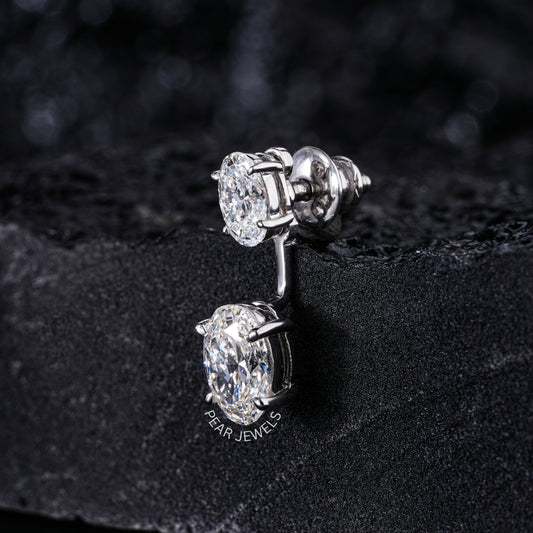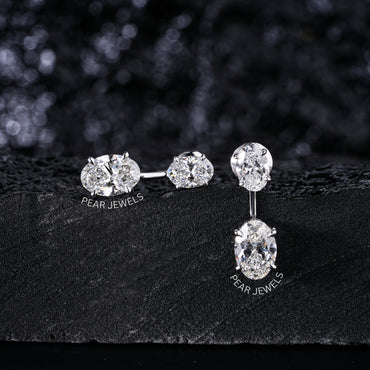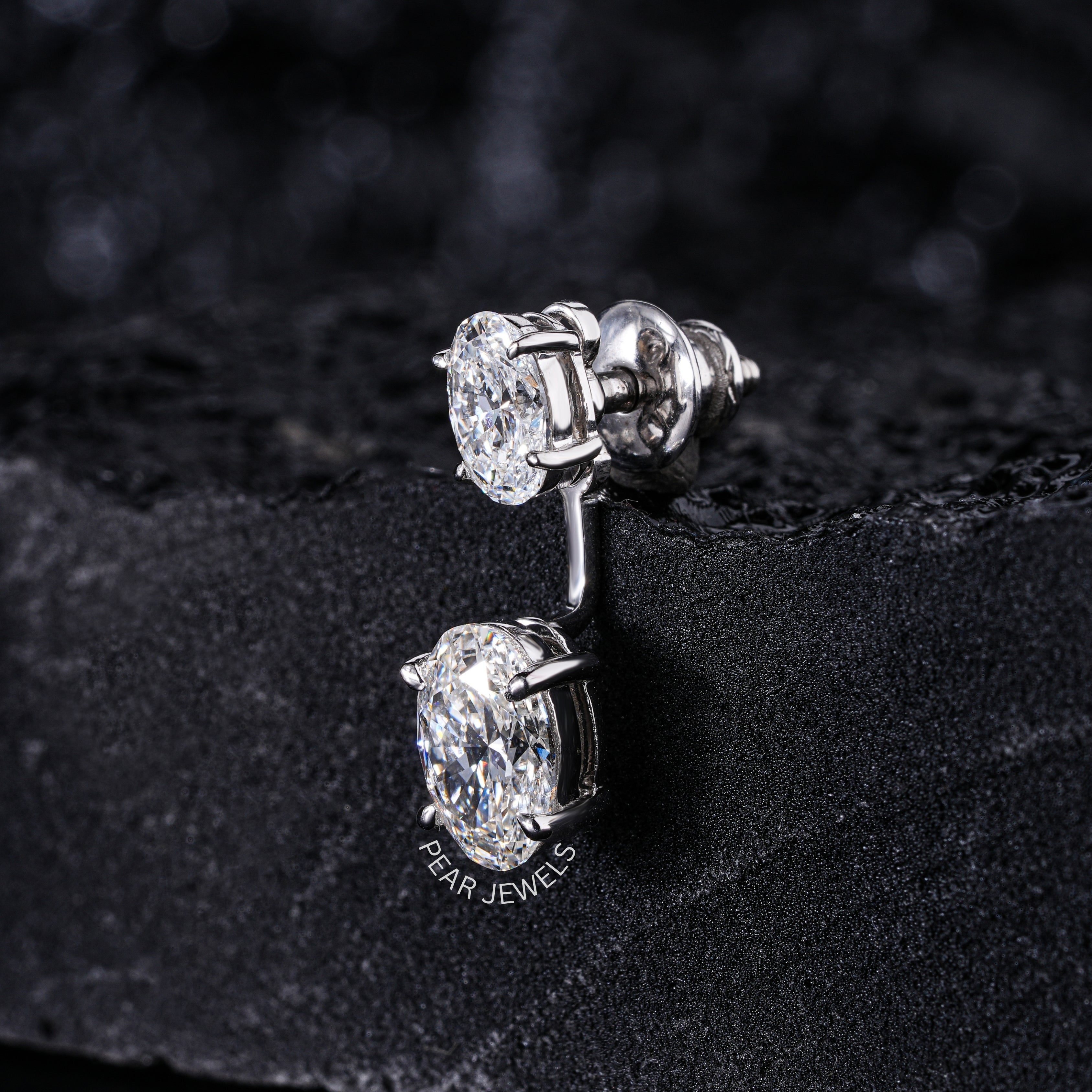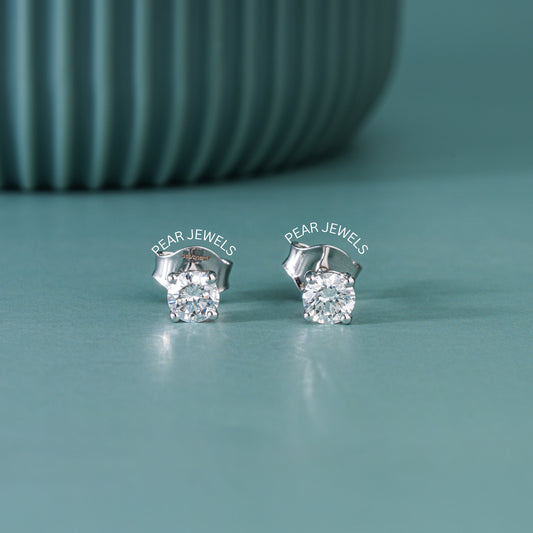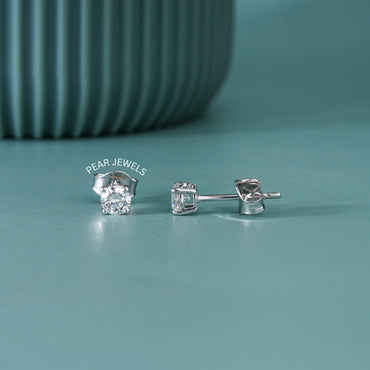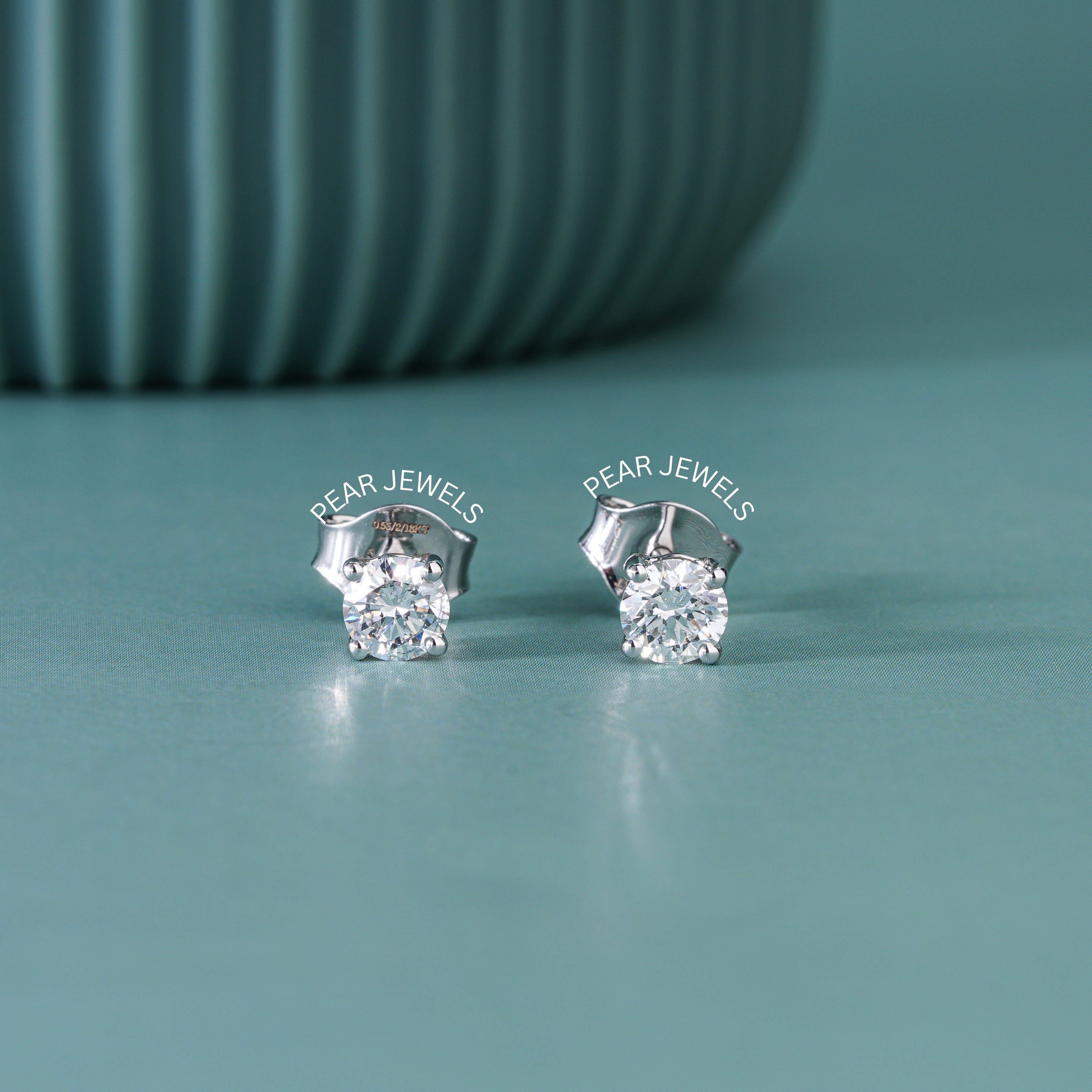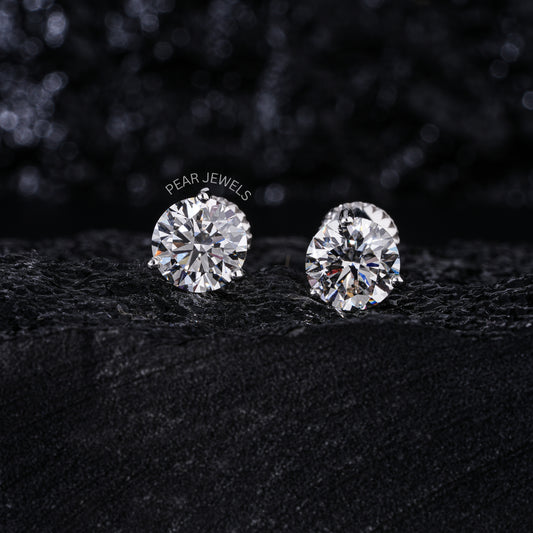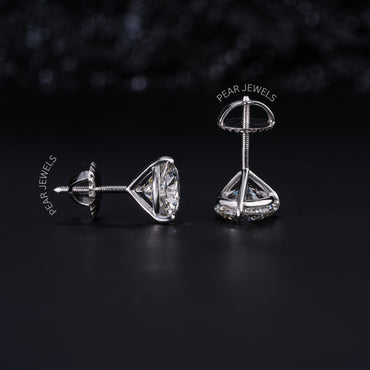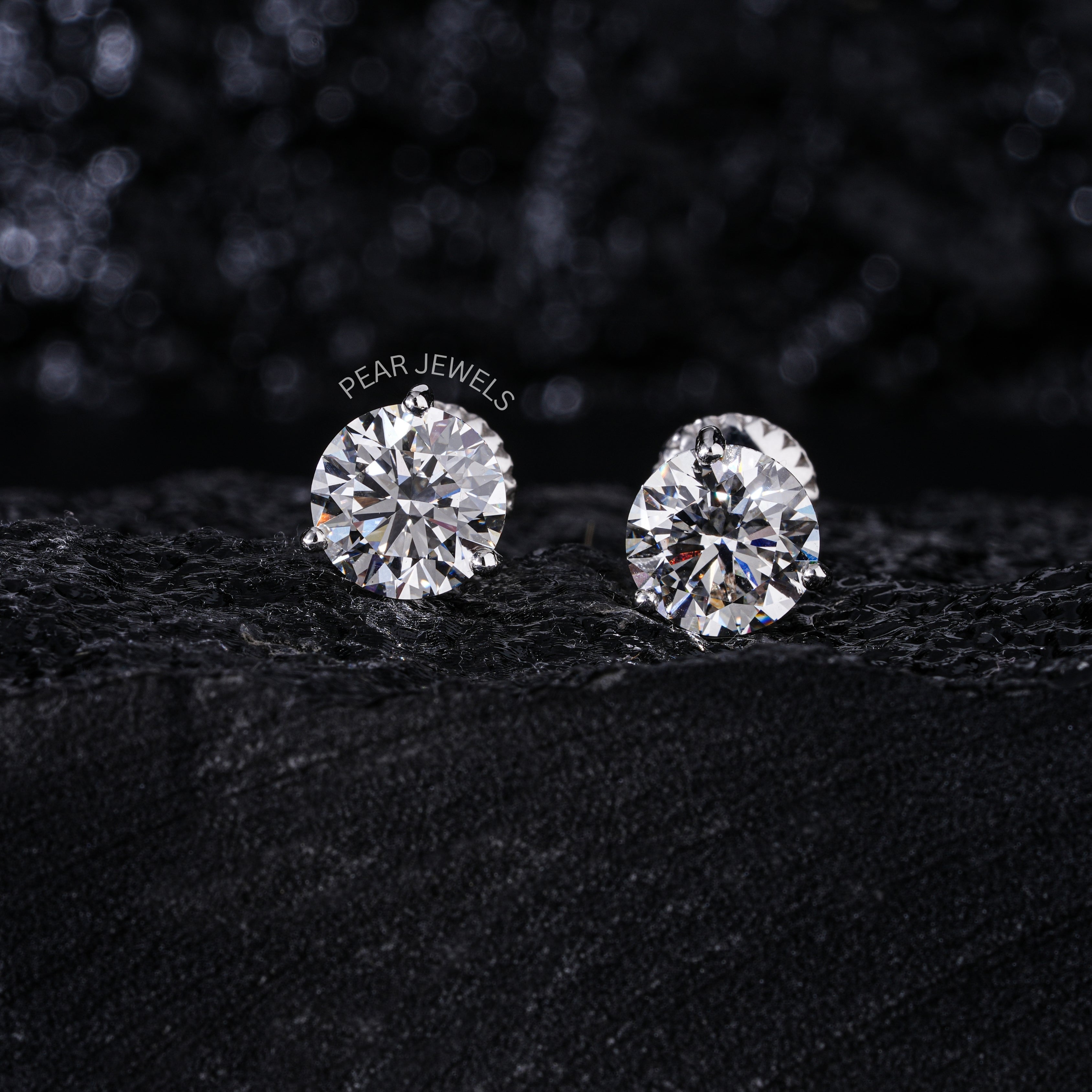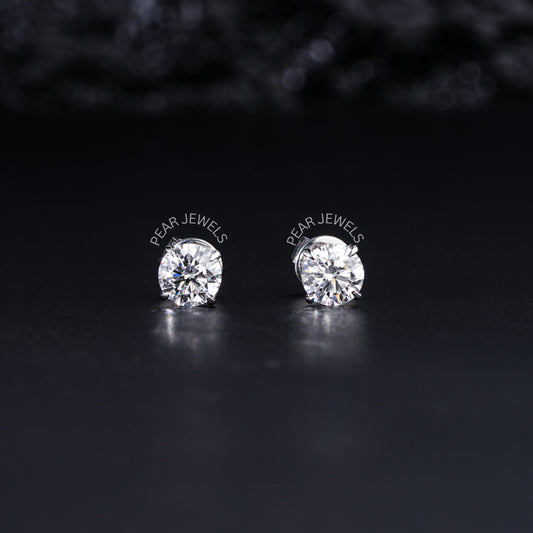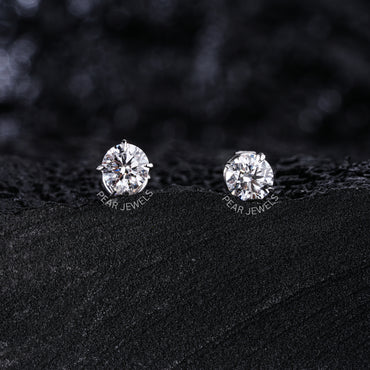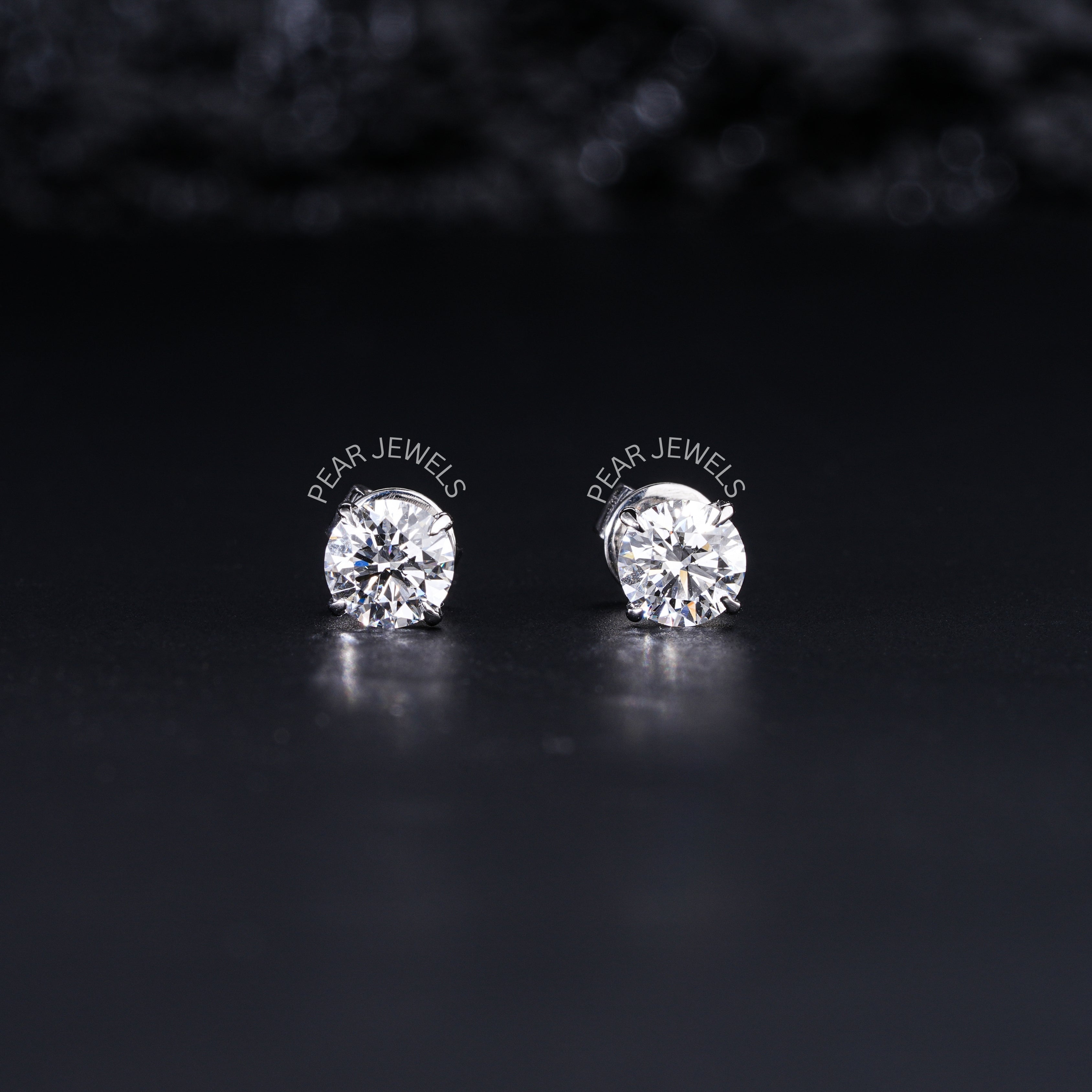You spot a necklace that catches the light just right, its gold links promising warmth against your skin. Then the price tag stops you short. Gold costs more now than it did last season, and whispers of even higher prices ahead make you pause. If you search gold price forecast 2025, headlines point to steady climbs through the year. Central banks keep buying, investors seek safety, and the Australian dollar stays soft against the US one. Spot gold sits at about 6200 AUD per ounce in mid-October, up from last year, with forecasts eyeing 6400 AUD by late October and potential peaks near 7500 AUD by year-end. That trend shapes decisions for anyone eyeing gold jewellery, from everyday pieces to heirloom rings. At Pear Jewels, we work with lab-grown diamonds in solid gold settings to deliver value that lasts. Our pieces start from 14k gold, letting you pick white, yellow, or rose tones without the full weight of mined stone premiums. Let us unpack the outlook and what it means for your next buy.
Factors Pointing to Higher Gold Prices in 2025
Gold thrives when the world feels unsteady. Central banks scooped up over 900 tonnes this year, and analysts expect that pace to hold through 2025, pushing demand and prices up. Geopolitical strains, from trade spats to elections, add fuel. The US Federal Reserve's rate cuts keep yields low, making gold more appealing than bonds. In Australia, the Reserve Bank cut to 3.85 percent in May, weakening the local dollar further. A softer AUD means imported gold hits harder, with local prices potentially reaching 4600 to 5500 AUD per ounce if the dollar lingers below 0.70 against the USD.
Forecasts vary, but most lean bullish. ANZ sees gold averaging over 3600 USD per ounce this year, translating to 4600 AUD or more locally. J.P. Morgan projects 3675 USD by Q4 2025, climbing toward 4000 USD by mid-2026. UBS calls for 3500 USD by mid-year, while HSBC eyes moves above 4000 USD if easing persists. Long-term views stretch further, with some analysts spotting 5000 USD by 2026 amid ongoing uncertainty. Inflation at 4.2 percent in Q1 keeps pressure on, as gold hedges against eroding cash value.
Should You Buy Gold Jewellery Now?
That question hits home for jewellery lovers. Gold pieces carry emotional weight, worn daily or passed down, yet they tie to market swings. If prices keep rising, buying today locks in current rates before they climb. A simple gold chain might cost 300 AUD now, but expect 10 to 20 percent more by December if forecasts hold. Demand for physical gold, including jewellery, stays firm, with Chinese buyers spending record amounts despite high costs. Experts note gold's role as a store of value, especially when stocks dip or currencies wobble.
Jewellery offers dual appeal: beauty plus some protection against inflation. Unlike bars or coins, it demands a premium for craftsmanship, often 20 to 50 percent over spot price. Resale recoups most of that gold value, though not always the full markup. In uncertain times, holding tangible gold through a pendant or bracelet beats letting savings sit idle. Current surges, up 39 percent year-to-date in USD, make now a moment to act if a design speaks to you. Wait too long, and that piece edges out of reach.
How Rising Prices Shape Jewellery Choices
Every gram counts when gold hits 196 AUD per gram for 24k. A 14k band, about 58 percent pure, runs around 114 AUD per gram, so a three-gram ring adds 342 AUD just for metal. Shift to 18k for deeper hue, and costs rise 20 percent from extra gold needed. Engagement rings feel this most. Our 1.0ct Round Solitaire Labgrown Diamond Engagement Ring starts at 1917 AUD in 14k gold, blending ethical diamonds with a timeless band. Halo designs amplify sparkle while using similar metal, like the 1.50ct Round Halo Labgrown Diamond Engagement Ring at 2423 AUD.
Wedding bands track the same path. A slim eternity band might use two grams, pushing costs to 228 AUD in 14k. Stack it with an engagement ring, and the pair climbs. Everyday items shift too. Earrings or bracelets, often lighter, still see 15 percent jumps year over year. At Pear Jewels, lab-grown stones keep the focus on design, not diamond premiums, so you gain more for your gold spend. Explore our lab-grown wedding bands for options that match without matching the full hike.
Strategies for Jewellery Buyers in a Rising Market
Smart picks ease the squeeze. Opt for lab-grown diamonds, which match mined sparkle at 30 to 40 percent lower cost, certified by IGI or GIA. They let gold budgets stretch further. Our 0.75ct Cushion Solitaire Labgrown Diamond Ring lands at 1328 AUD, a halo frame adding light without excess metal.
Metal matters. White gold gives cool contrast at prices close to yellow, while rose adds blush for similar outlay. Platinum endures but doubles gold costs, so gold suits most. Customize to cut grams: thinner bands or fewer accents trim weight without losing style. Chat with our team at Pear Jewels to adjust a solitaire or halo for your fit.
Watch the calendar. Gold dips occasionally, so monitor for brief drops. Forecasts show highs through year-end, but volatility creates openings. If investment drives you, blend jewellery with ETFs for liquidity, though pieces like our lab-grown eternity bands hold personal value alongside metal worth.
Navigate the Gold Rush with Confidence
Gold's path ahead looks upward, driven by global shifts that favor safe assets. For jewellery buyers, that means thoughtful choices now, balancing beauty with budget foresight. At Pear Jewels, we shape sustainable pieces that endure, from solitaires to halos, using lab-grown diamonds to spotlight your story. Rising prices test plans, yet they highlight gold's lasting pull. Browse our lab-grown engagement rings for designs ready to claim. Which one fits your vision?
